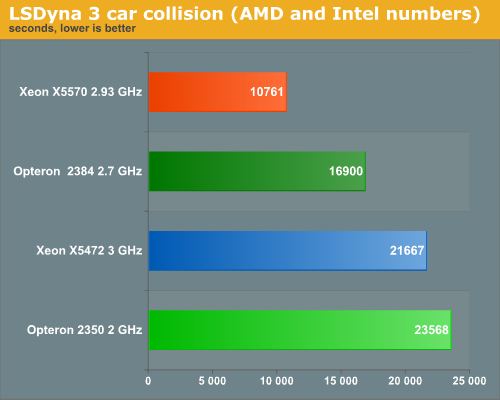IBM is the top technology company in terms of generating fundamental research. My point, really, is that most of it is purely academic -- meaning, much of these 'major breakthrough' announcements, like this one, is most likely not going to be productized (useful), some will, most won't... with IBM it is all about prestige, a lot of show (good, science, show) and no substance.







 Reply With Quote
Reply With Quote ... design can be geared to clock speed to sacrifice IPC, and vice versa, or for a given design with good IPC, clock speed can be improved with better transistors.
... design can be geared to clock speed to sacrifice IPC, and vice versa, or for a given design with good IPC, clock speed can be improved with better transistors.

 Particle's First Rule of Online Technical Discussion:
Particle's First Rule of Online Technical Discussion: Rule 1A:
Rule 1A: Rule 2:
Rule 2: Rule 2A:
Rule 2A: Rule 3:
Rule 3:









Bookmarks